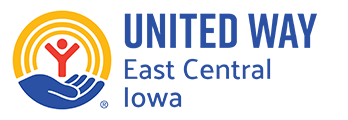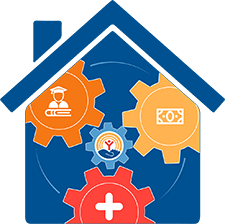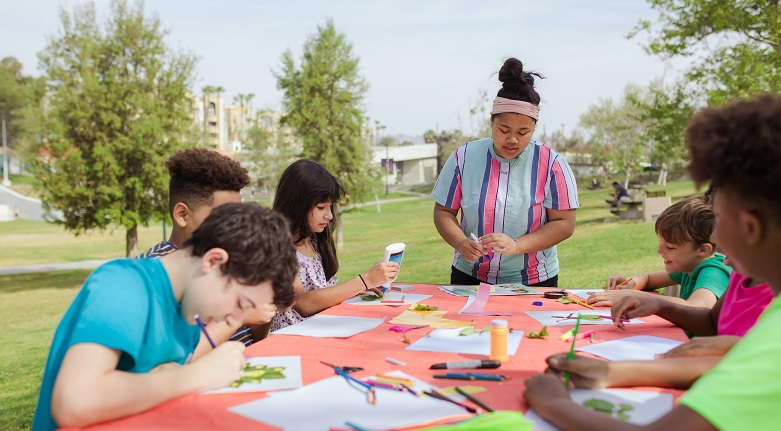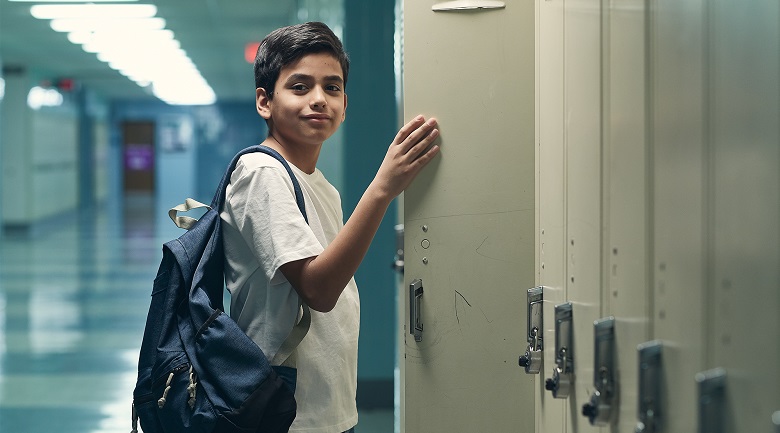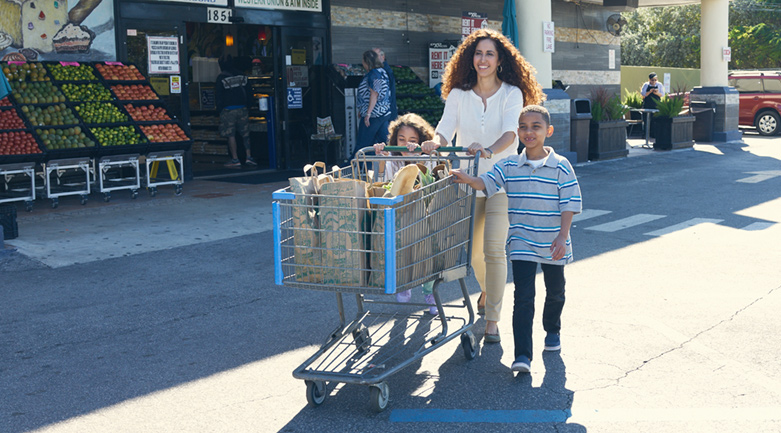Overview
The best way to support our community is to know its present and critical needs. In 2021, United Way of East Central Iowa (UWECI) conducted a Community Impact Assessment (CIA), which included a thoughtful, deliberate, and inclusive survey approach. UWECI would like to thank the collaborative work of Linn County Community Services & the Continuum of Care, Linn County Public Health, and our community partners in achieving an impactful view of our community’s current needs.
After analyzing data and hosting focus groups, UWECI has a deeper understanding of our community’s needs. This CIA will guide strategic decisions as UWECI works to foster a community where everyone can thrive: one that is sustainable, safe, and equitable.
The top three areas of concern in Eastern Iowa are housing, childcare and safety net services.
